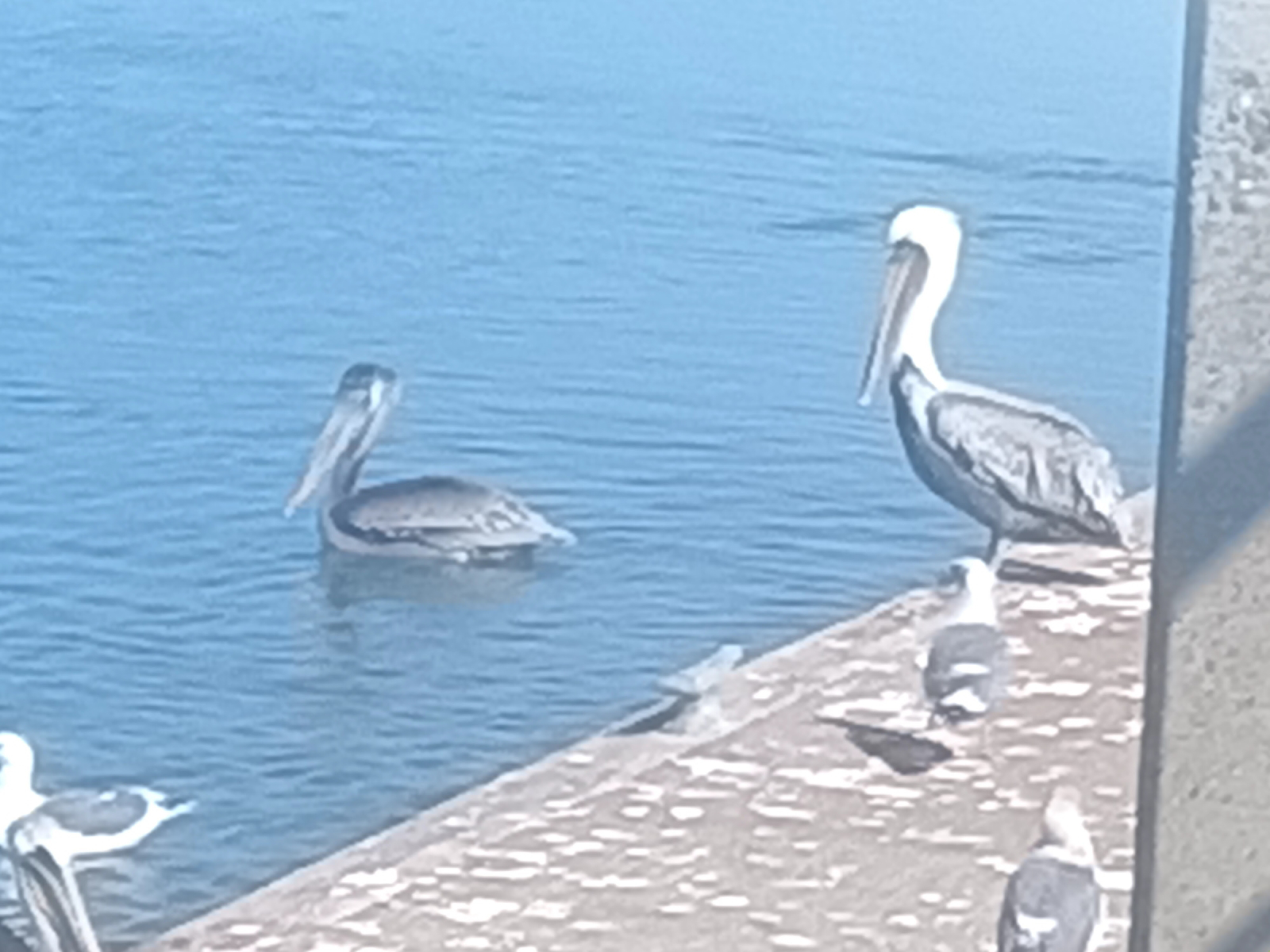a brief history of the Aurora, originally the R/V Phuma
Back in 1990, James Gast, a professor of oceanography at Humboldt State University in Eureka California, decided he wanted to build a boat. From my understanding, his thinking was he wanted a boat he could retire on and also still do classes and do research trips.
The ship was designed with the help of naval architect Phil Bolger, who has designed more than 700 boats and has 7 books out on boat design out there. This boat is design #410.
The boat was called the R/V (research vessel) Phuma. There were several iterations of the design along the years.
It's a double steel hulled so it can go where there is ice. Mr. Gast did the welding himself. It has a very shallow draft, of about 5ft, so it can go into shallow water for research. It was designed to have leeboards that would provide stability when sailing. The steel hull also allows for the boat to be run aground during tides in case the rudder or something needs to be worked on and then it'll float back into the water when the tide come back in. The rudder is attached to a hydraulicly lifted skeg that allows for it to be lowered in deeper waters.
It has a big diesel engine as well as 2 masts for sails that can fold down in case you want to go under a bridge or to make it easier to take it out of the water.
He designed it to house 20 research personnel for months long trips.
It was designed to have free swinging leeboards on either side of the ship to provide stability for sailing.
We have to do a stability analysis in order to properly design the amount of lead weight needed in the hull and the size of the leeboards. We might swap leeboards for a lifting keel instead.
There is a prop is on end of rudder so when you move the rudder to change direction your propulsion also goes in that direction. There is a bow thruster to push the front of the boat sideways.





Comments
Post a Comment